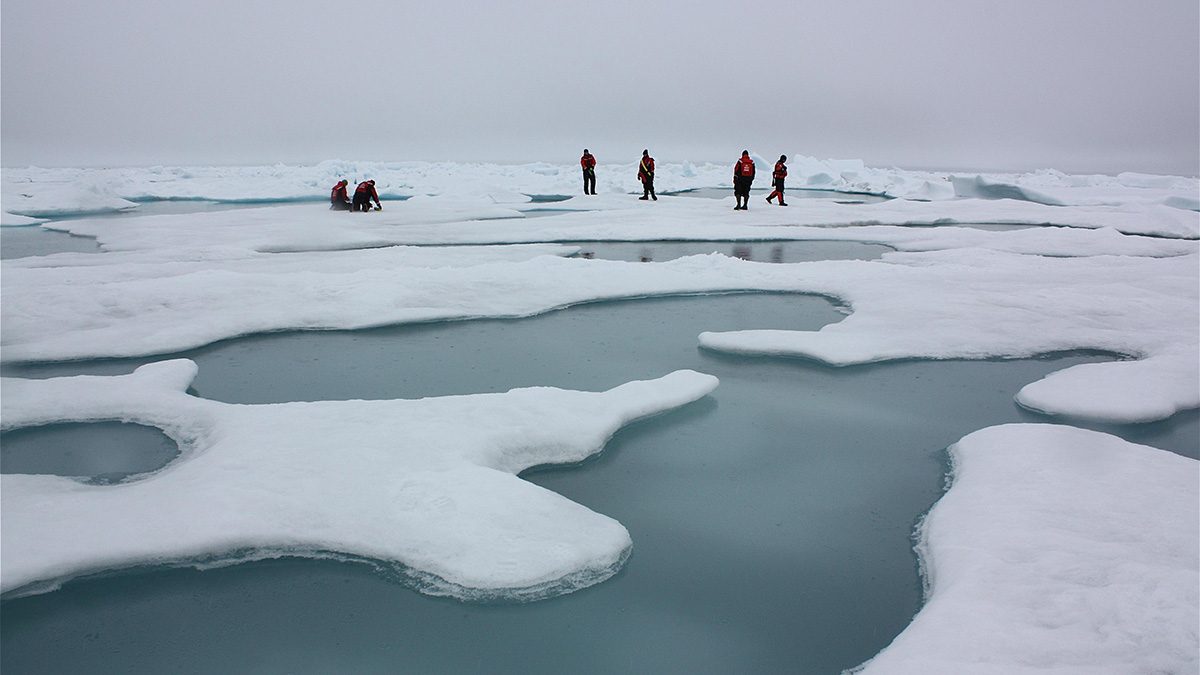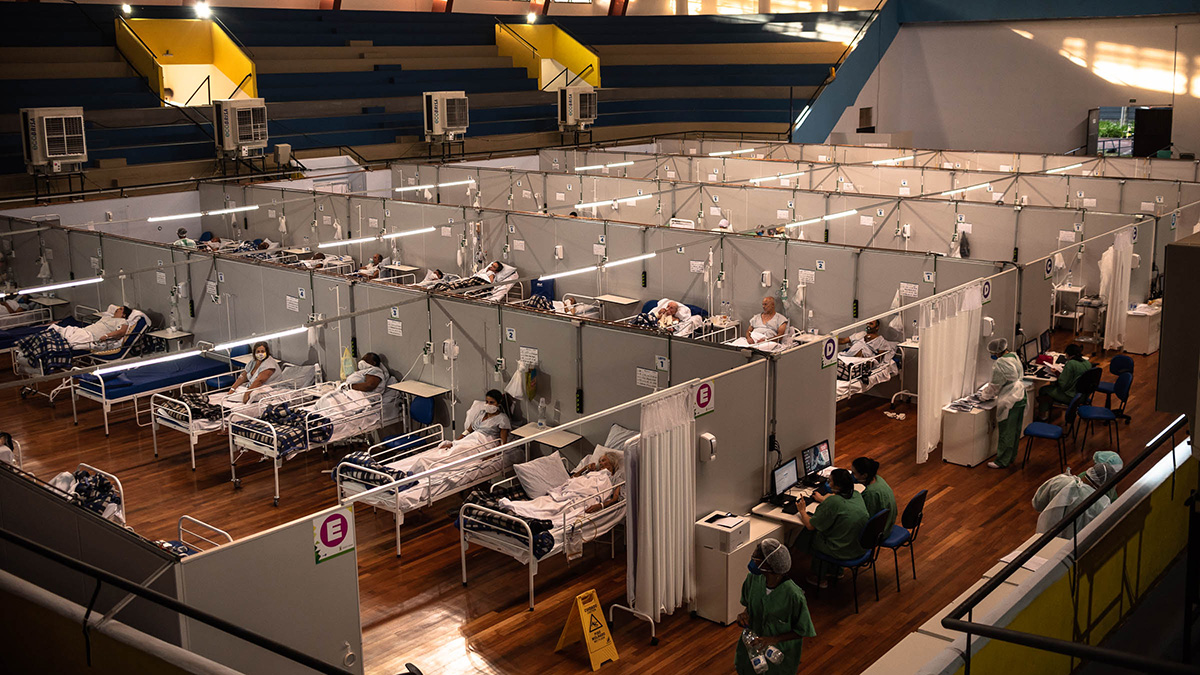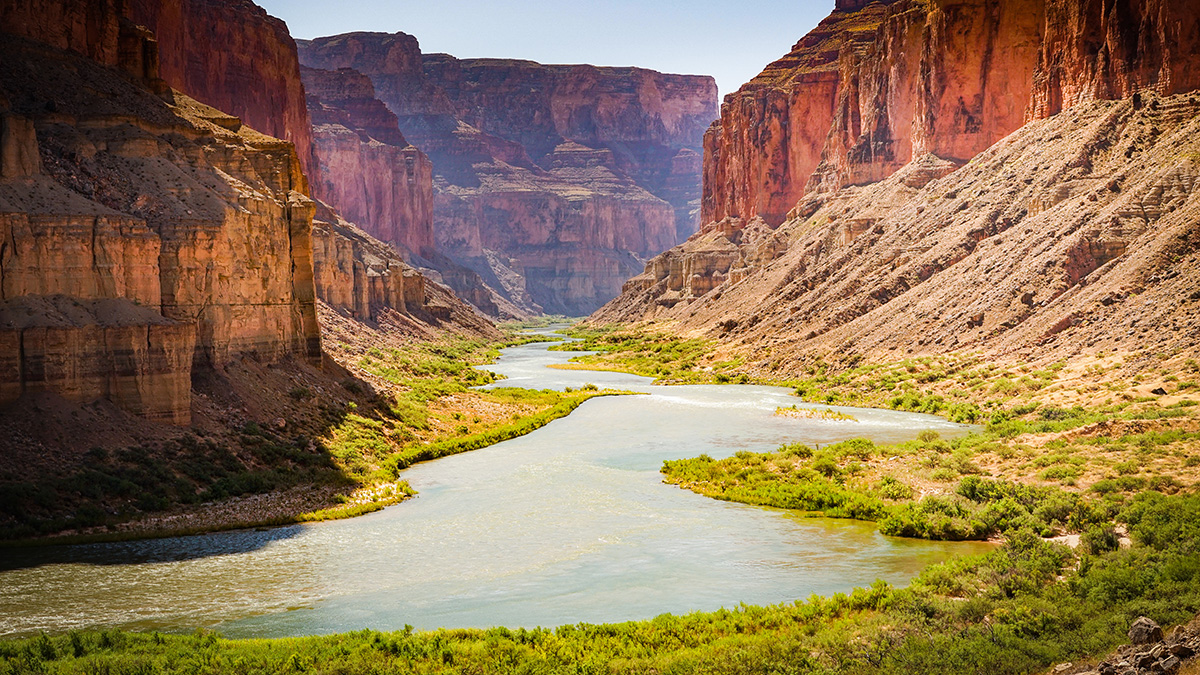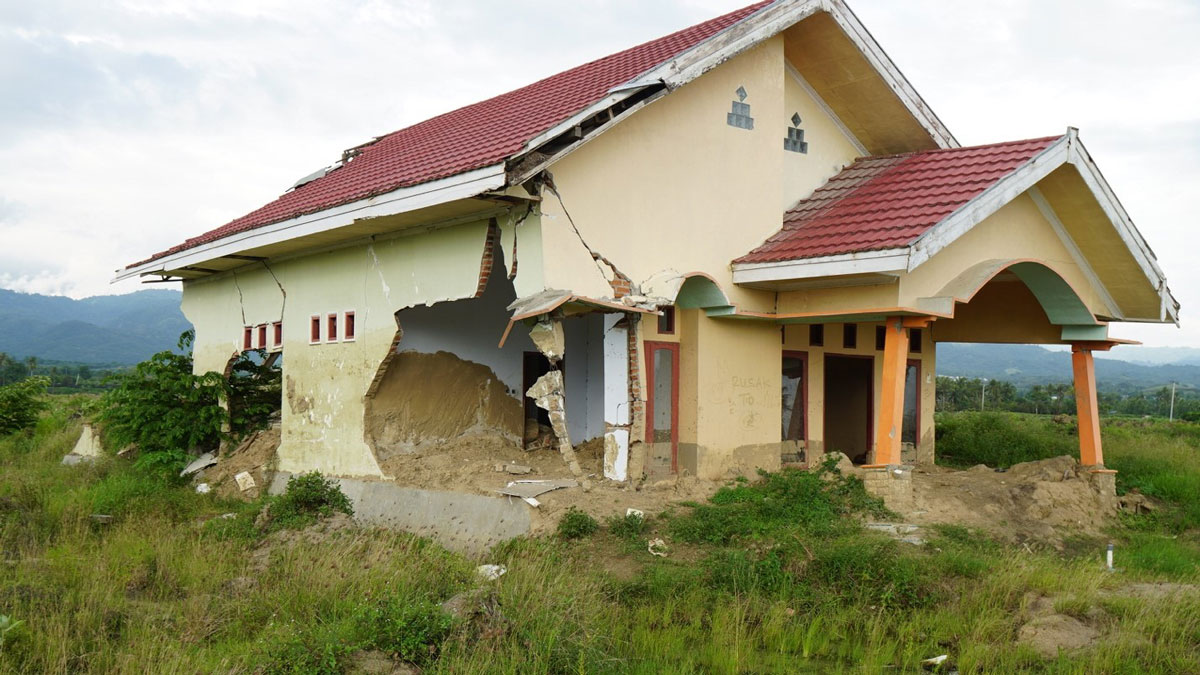Changing environments can dramatically change how quickly layers form in sedimentary rocks, leading to incorrect time estimates.
Saima May Sidik
Sea Ice Is Going, but When Will It Be Gone?
A pair of studies demonstrate the uncertainty over when the Arctic will become seasonally sea ice free.
Do Volcanoes Add More Carbon Than They Take Away?
Slow carbon seep long after eruptions have ceased could shape the carbon cycle on geological timescales.
Ten Rivers Facing Pollution, Development, and Climate Change—And Policies That Can Help
An annual report highlights 10 waterways that have arrived at forks: where public support could determine whether they receive protection.
Felt Reports Could Shake Up Earthquake Response
Firsthand accounts of earthquake impacts could aid in identifying people who require help as well as increasing safety in some areas.
COVID-19 Got You Feeling Under the Weather? Maybe Blame…the Weather
High humidity and low temperature altered COVID-19 spread in Brazil, but only slightly.
Welcome to a New Era in Geosciences Data Management
Database Updates In the waning days of August 2017, Hurricane Harvey dumped more than 30 trillion gallons of water on Texas’s Gulf Coast. At least 68 people died. Hundreds of thousands of structures were flooded, and tens of thousands of people had to leave their homes. All told, the storm inflicted $125 billion in damages. […]
Mental Illness Can Be Deadly During Heat Waves
Schizophrenia topped the list of conditions associated with death during the 2021 extreme heat event in British Columbia.










